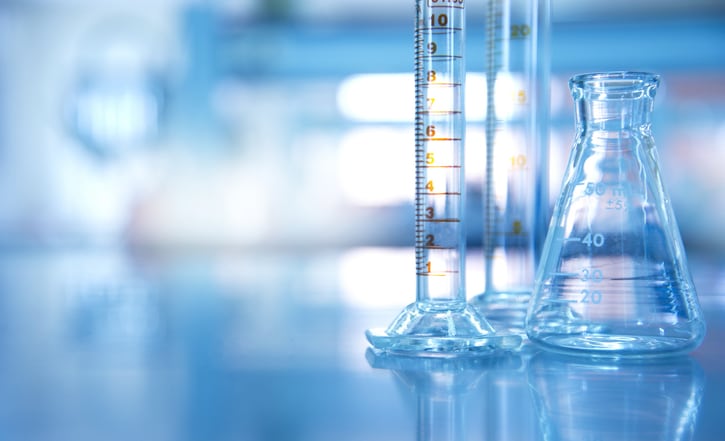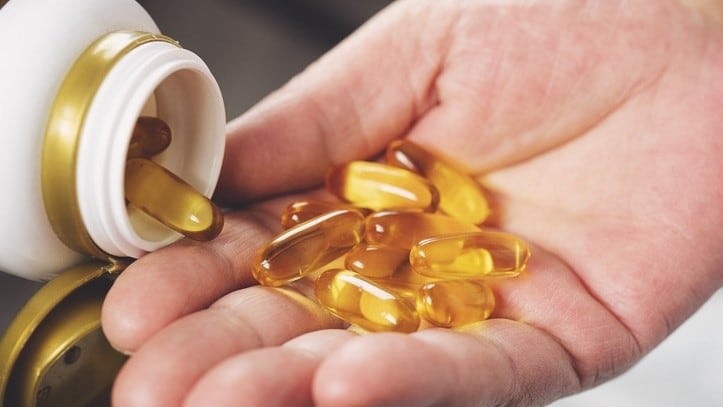A promising therapeutic: Turmeric displays potential to help control nonalcoholic fatty liver disease – RCT
The supplementation of turmeric has been found to improve blood pressure, weight and BMI among nonalcoholic fatty liver disease (NAFLD) patients, according to a 12-week RCT.
A total of 42 subjects with NAFLD were recruited into the study, where the intervention group took two capsules containing 500mg of turmeric during each meal, totalling to 3,000mg per day.
The findings, published in Preventive Nutrition and Food Science, also showed a significant decrease in systolic blood pressure in the intervention group.
First for India: Expert panel recommends probiotic strain Lactobacillus GG as adjuvant therapy for children with diarrhoea
Indian paediatric experts in the National Consultative Group (NCG) have for the first time recommended the use of probiotics containing Lactobacillus GG (LGG) and potentially Saccharomyces boulardii to treat children with diarrhoea.
The consensus was documented in a paper titled “Indian Academy of Pediatrics Consensus Guidelines for Probiotic Use in Childhood Diarrhea”.
The experts came to this recommendation after reviewing literature on the role of probiotics in childhood diarrhoea published between 2005 and 2020, as well as existing guidelines.
Parasite for gut health? Singapore researchers found one that suppresses inflammation and improves gut diversity
A gut parasite commonly found in human gut has been found to suppress inflammation and could improve gut health, according researchers from Singapore.
The parasite is Blastocystis subtype ST4 and researchers from the National University of Singapore’s Yong Loo Lin School of Medicine (NUS Medicine), Department of Microbiology and Immunology believes it could potentially be translated to probiotics to treat inflammation.
Writing in the Cellular and Molecular Life Sciences, they pointed out that Blastocystis subtype ST4 could alter the bacteria ecosystem in the gut and promoted quicker recovery from inflammation, based on mice models and experimentally induced colitis.
Not just vitamins: Immunity product innovation turns its attention to synergistic, novel ingredient combinations
Novel, synergistic combinations of functional ingredients could be the way forward in innovating new nutraceuticals for immune health, according to an expert panel.
An example is the combination of vitamin D and omega-3, said Dato’ Dr Rajen Manicka, founder and CEO of Malaysia-based nutraceutical firm Holista Colltech during the Immunity APAC – Interactive Broadcast Series organised by NutraIngredients-Asia.
Other combinations could include vitamin D with probiotics or adaptogens such as ginseng, ashwagandha, and medicinal mushroom.
Beyond mimicking breastmilk: Why infant nutrition R&D should assess gut-brain axis and benefits into adulthood – LISTEN
Future infant nutrition research should look into the link between nutrients and gut-brain axis and even its impacts decades later when a child reaches adulthood, instead of merely mimicking human breast milk and focusing on only height and weight gain.
This is according to Dr Geoffrey Cleghorn, emeritus professor at The University of Queensland – the latest guest on Nutrachampion podcast.
“We're now trying to work out what are the functional benefits of various components – both individual and groups in breastmilk…And I think it would be very misleading to try and think that one could replicate breast milk in its true sense, reason being is that breast milk itself is not a static substance. It changes, not only does it changes during the course of lactation, but it also changes over the course of a day,” he said in the podcast.




